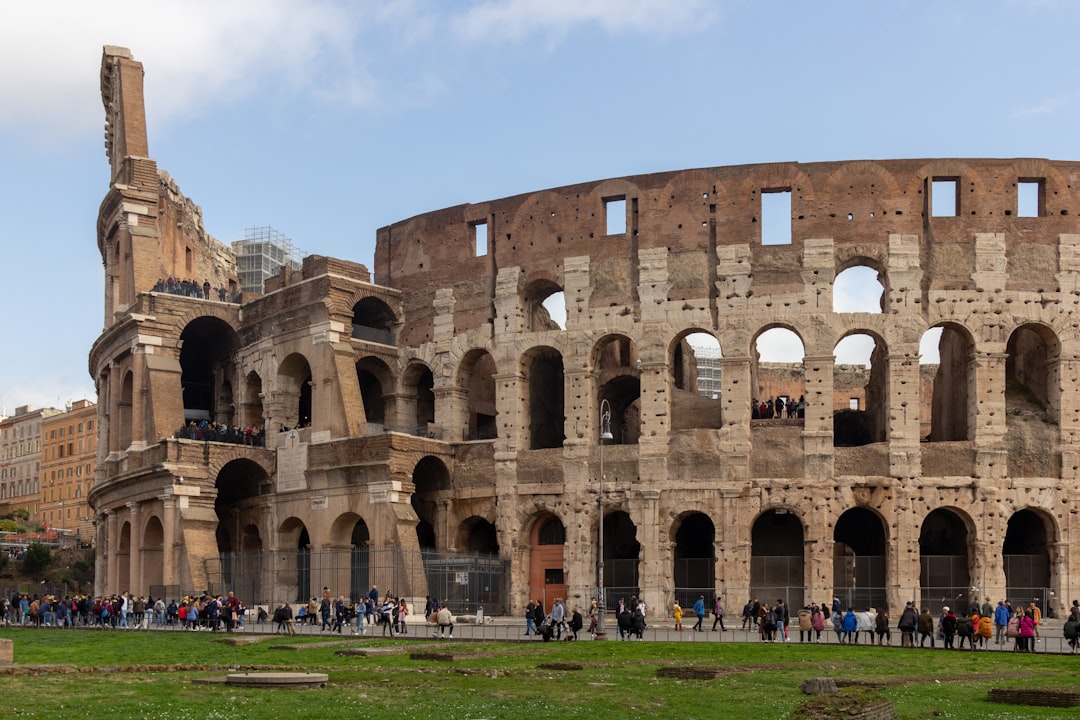
How to Plan an Unforgettable Monument Tour: A Comprehensive Guide
# Introduction. A tour of historic monuments is not just a journey through time but an exploration of culture, artistry, and architectural brilliance. Monument tours allow travelers to connect with the past, witness stories etched in stone, and appreciate the craftsmanship involved in their creation. Whether you're an avid historian, an architecture enthusiast, or a curious traveler, properly planning your monument tour can lead to an unforgettable experience. This guide aims to help you navigate crucial aspects, from selecting destinations to budgeting and timing. # Choosing Your Destinations. The first step in planning a successful monument tour is selecting your destinations. Numerous monuments around the world tell diverse stories of cultures, significant events, and influential figures. Start by researching renowned monuments like the Colosseum in Rome, the Great Wall of China, or the Taj Mahal in India. Consider your interests—are you drawn more to ancient ruins, war memorials, or modern monuments? Additionally, look beyond the well-known attractions; cities often have smaller, yet historically rich, monuments that offer unique insights into local history. Create a shortlist based on your preferences, ensuring that your destinations complement each other geographically to minimize travel time. # Establishing Itinerary and Timing. Once you have identified the monuments you wish to visit, it's vital to establish a detailed itinerary. Map out the locations to see how they cluster together and how much time you’d want to spend at each site. Pay attention to the opening hours and peak visiting times, as some monuments might be crowded during certain seasons or times of day. Consider starting your day early to fully enjoy each monument without haste. Additionally, you may want to allow for downtime in between visits—time for refreshments or simply reflecting on what you’ve seen, which can enhance the experience further. # Budgeting for Your Tour. Budgeting is a critical aspect of planning any travel adventure, and monument tours are no exception. While many monuments offer free entry, others may include entrance fees, guided tours, or additional charges for special exhibitions. Research these costs ahead of time to prevent any financial surprises during your trip. Additionally, consider accommodation, transportation, meals, and souvenirs in your budget. If you're traveling internationally, also factor in exchange rates and other associated travel costs. A well-planned budget will ensure you enjoy the tour comfortably without unnecessary stress. # Finding Guided Tours vs. Self-Guided Exploration. Deciding between a guided tour and self-guided exploration can significantly impact your monument experience. Guided tours generally provide expert insights, convenient transportation, and pre-established itineraries, allowing you to sit back, relax, and soak in the experience. On the other hand, self-guided tours offer flexibility—allowing you to spend more time at monuments that captivate your interests and skip those that may not resonate. If you choose to go self-guided, consider downloading guided audio apps or hiring local historians for a more enriching experience. Balancing both options could provide a comprehensive understanding of the monuments you visit. # Making the Most of Your Visit. Being present and engaged during your monument visit is crucial. Take the time to appreciate the architecture, read the informational plaques, or join a discussion group if available. Capture moments through photos, but ensure that you also take the time to disconnect and be fully present at these historical sites. Dress appropriately for the weather, wear comfortable footwear, and pack essentials such as water, snacks, and sunscreen if necessary. Engaging with fellow travelers or locals can also lead to delightful conversations, providing insights you might not find in guidebooks. # Conclusion. Planning a monument tour requires careful consideration of multiple factors including destination selection, budgeting, and timing. However, the effort is immensely rewarding, offering unparalleled experiences that deepen your understanding of global history and architecture. By following this guide, you’re well on your way to embarking on a memorable adventure that connects you with the monumental stories of our shared past. Enjoy the journey! .







